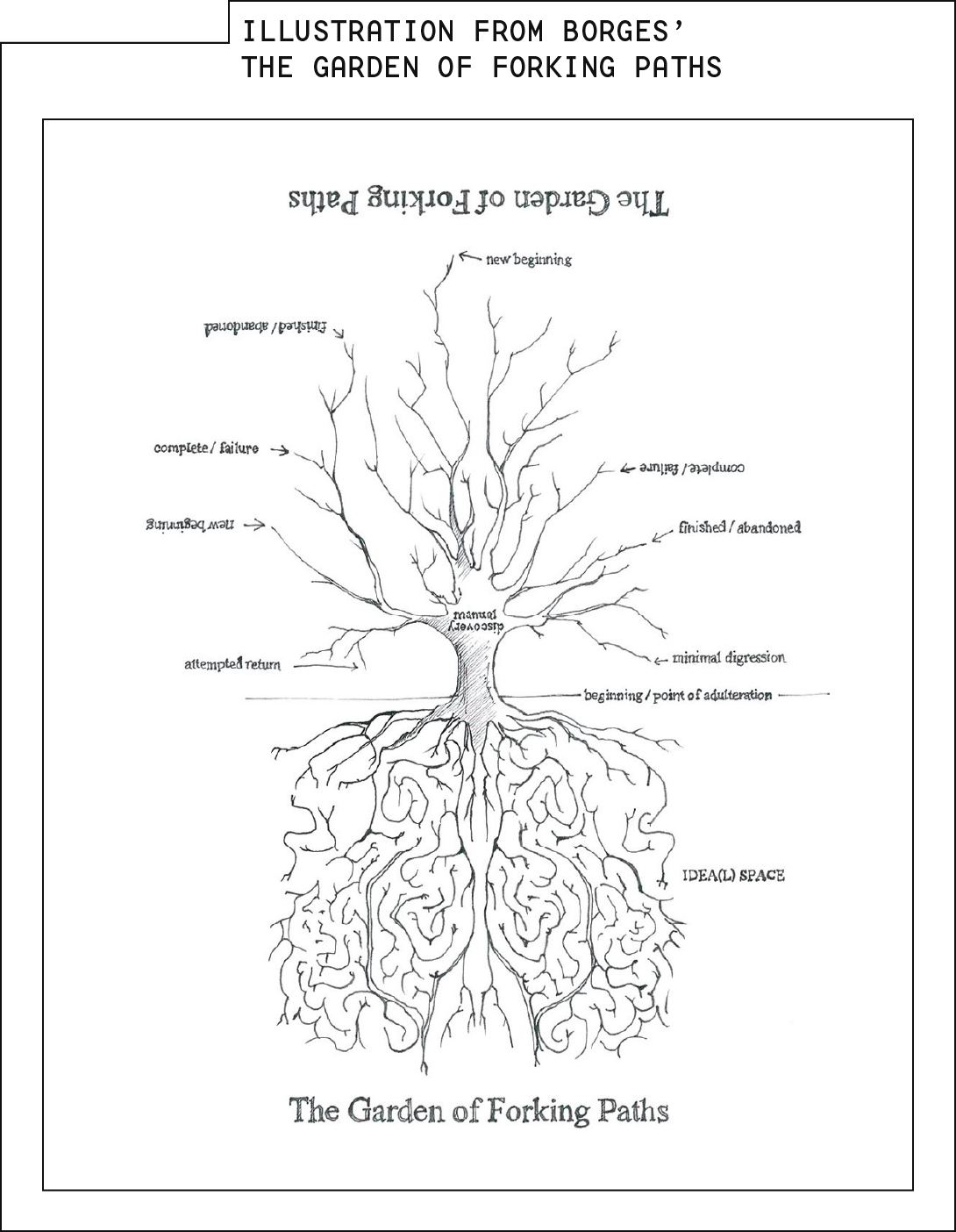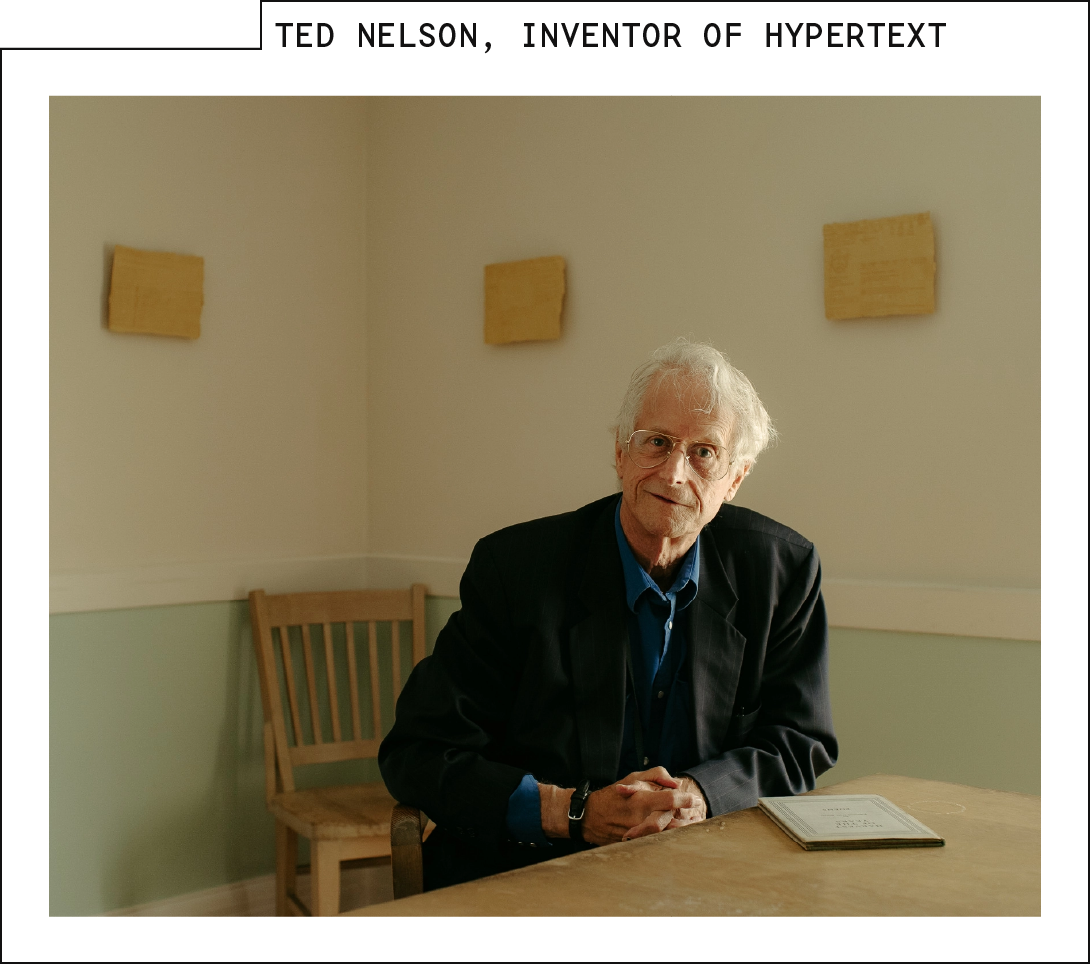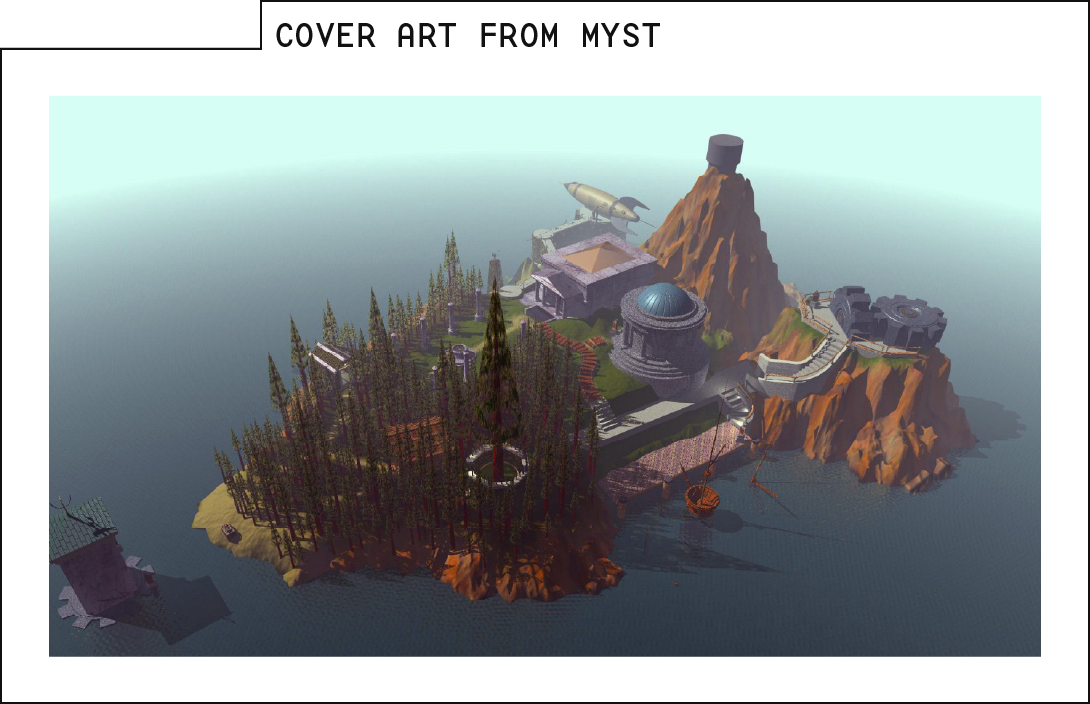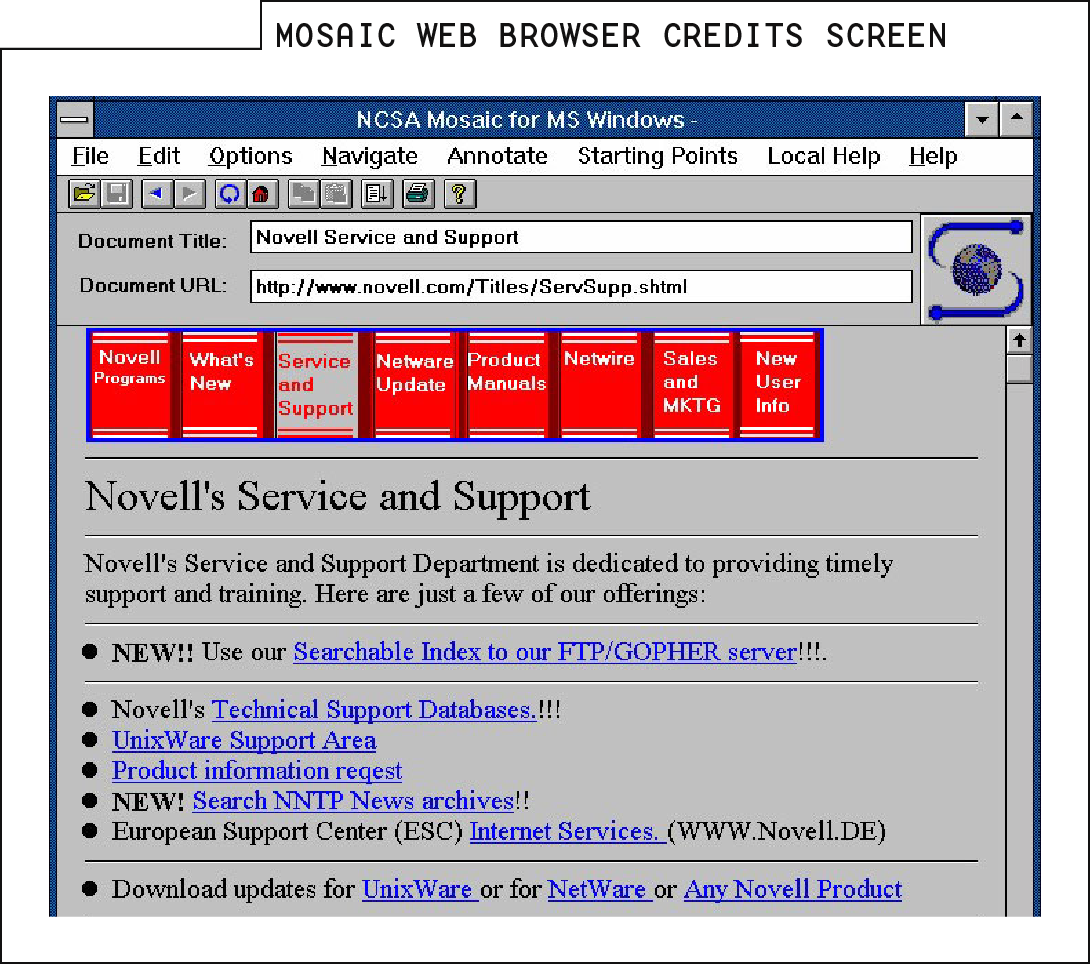Screens, Research and Hypertext
Powered by 🌱Roam GardenA Brief History of Hypertext
Hypertext—or at least the idea of it—is a lot older than you might think.
1941 – Borges
Jorge Luis Borges publishes “The Garden of Forking Paths.” Borges’ short story is considered the earliest precursor to hypertext.

1945 – Memex
Vannevar Bush publishes "As We May Think" in The Atlantic. Bush proposes a device he calls the Memex, which would store content on microfilm. Each frame of microfilm could be tagged, and the Memex could use those tags to index and cross-reference all of the content. Each user would be able to create their own web of links and annotations.
1963 – Xanadu
Ted Nelson coins the term "hypertext" as part of his proposed Project Xanadu, an ambitious hypertext system that would allow readers to create “zippered lists” that form compound documents from various pieces of other documents. Unlike today’s hyperlink, Xanadu’s links were bidirectional.

1968 – The Mother of All Demos
Douglas Engelbart introduces a hypertext editing interface to the public. Engelbart’s system included nearly all the features we now associate with computers, including graphics, video conferencing, the mouse, version control, windows, and hypertext. The demonstration was retroactively named “The Mother of All Demos.”
1977 – The Aspen Movie Map
DARPA and MIT collaborate to produce the Aspen Movie Map, a fully interactive video that allowed viewers to take a self-guided tour through Aspen, Colorado.
1980 – Enquire
Tim Berners-Lee creates the first wiki, which he calls ENQUIRE. The database system used a series of cards which each contained bidirectional hyperlinks to other cards.

1987 – HyperCard
Apple releases HyperCard for the Macintosh. It is the first widely-available application for producing hypermedia. The application utilized a database and a series of linked cards. Each card could hold various interactive elements, and cards could be linked to others in the same stack. Different stacks could also be linked to one another. Mac users put HyperCard to all sorts of uses, from creating PowerPoint-style slide decks to drafting novel video games. Myst—a groundbreaking game and one of the most successful of all time—was storyboarded in HyperCard. The result was one of the first games that allowed players to explore a world in many different orders.

1989 – World Wide Web
Tim Berners-Lee creates a hypertext project “as a way to link and access information of various kinds as a web of nodes in which the user can browse at will.” Berners-Lee christens the project the WorldWideWeb.
1992 – Lynx
A new application—a web browser—called Lynx allows users to access hypertext links inside documents. It can reach into documents across the entire Internet.

1994 – The Web's Big Break Out
In 1993, there were just 500 web servers on the entire Internet. That was also the year that Marc Andreessen lead the team that created Mosaic—a new web browser that incorporated inline images into a graphical interface. Mosaic made web browsing much simpler, which in turn spurred adoption.

By 1994, the number of web servers jumped to 10,000. HTML and the hyperlink soon eclipsed all other hypertext systems.
For more context
Take a deeper dive into a pre-HTML vision of hypertext.
What to read next
The World Wide Web opted for simplicity over ambition. Here are a few of the things it missed.
Other items of interest
For all its marvels, the web falls far short of what a universal hypertext system could have been.
The hyperlink enables an entirely new way of thinking. But it's far from a perfect solution.
Linking v embedding: A fundamental weakness of the web.
Referenced in
Bidirectional Links
Up until the advent of the web, pretty much everyone who talked about hypertext assumed that links would be bidirectional. Indeed, plenty of hypertext theorists are still mad about mono-directional links.
Project Xanadu
Project Xanadu is Ted Nelson's dream of an alternative system of hypertext. Conceived nearly 30 years before the advent of the web, Xanadu failed to get off the ground (though a somewhat limited version of the system did eventually launch).
Screens, Research and Hypertext
But not everything needed a program disk. HyperCard 2.0 debuted during that same freshman year. For you youngsters out there, HyperCard was a pre-World Wide Web version of hypertext. You could use it to build slide decks, choose-your-own-adventure games and interactive fiction.
Toward a Nonlinear Essay
For a long time, though, we’ve been pretty limited in how nonlinear we could be with our writing. The media available to us just didn’t lend themselves to anything else. It’s only in the last 50 years or so that we’ve had machines capable of creating the kinds of links we need for nonlinear writing, and only in the last 20 that said tools have been widely available.
Link Database
The user of the memex, we recall, created trails of associative links on top of already existing texts, saved those trails, and shared them with others. Different readers could create very different collections of links for the same texts. Links, in other words, exist outside the individual lexia in this kind of hypermedia.
Linear Writing
The web is full of possibilities for a new kind of thinking and for a new kind of writing. The medium is still pretty new, so we don’t have very many conventions for what this sort of thing should look like yet, though there are a few starting to pop up. We’ll have to do some experimentation. Some of it will work. Some of it won’t.